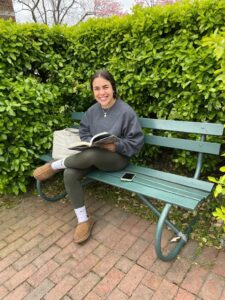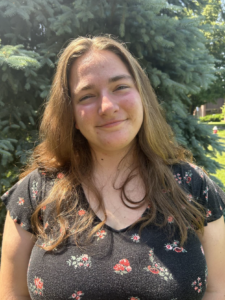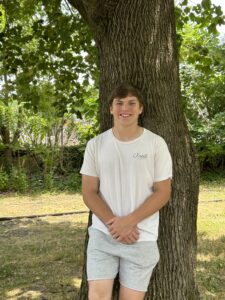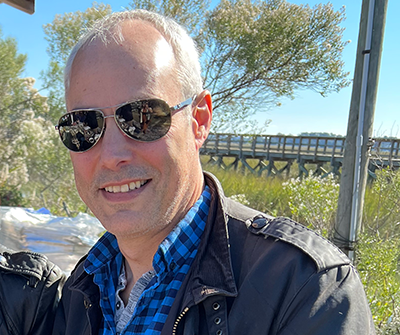
“You always do your night work and explosions at the end of the week,” explained Michael Stricks ’83. “It was a Friday night, our last night of shooting, and we were blowing up a car in a garage on Staten Island.”
Working his way up in the film and television production industry, Michael was a location scout, sent with a team to take photographs of potential shooting locations for the film Do It Up, starring Robby Benson and Danny Aiello, one of the first movies shot in high-definition video in the United States.
“They asked if anyone knew how to take photographs. I had done some portrait photography at George School, so I said yes. Of course, I was terrible because the skills needed to take location pictures are very different from those needed for portrait photography.”
But saying “yes” turned out to be a smart move. “Almost everyone on the job got fired or quit, and I was one of two or three people who made it to the end,” he remembered.
The location manager on set was a man named John, and Michael had been working with him for months. On that Friday night, said Michael, “I mentioned to John that I needed to leave as soon as we wrapped, because I had my high school reunion the next day.”
John asked where. Michael told him it was in Pennsylvania, specifically Bucks County. “I said, ‘It’s a small school called George School, I’m sure you’ve never heard of it.’”
As it turned out, the location manager was John Rosenmiller ’77.
“We ended up working together for years after that, and have mutual friends,” said Michael.
Michael started at George School as a day student, but soon saw the interconnectedness that residential campus life offered. “I had a great experience living on campus,” he said. “I still have many friends from that period in my life, and even more fond memories. “
He played soccer and lacrosse and became the yearbook photographer under the guidance of former faculty member Mark Osterman.
“Photography was a major outlet for me as a student,” Michael remembered. “I took senior portraits; it was a formative time in my life. I value my high school experience more than my college experience because of how much it shaped me.”
At NYU, Michael was eager to gain some real-world experience. “There was a job board; I copied down a few jobs and interviewed through several rounds. I didn’t know it at the time, but most of those jobs went to people who had some sort of connection,” he said. “I was lucky to make it through the interview process.”
He landed a job as a page at ABC, working on Good Morning America and The Morning Show, guiding guests from the green room to the stage and functioning as a general assistant. “It was a great social experience because I worked with people my age from colleges all over NYC,” he said.
It also led him down a career path, albeit a competitive one.
“When I was about to graduate, I called everyone that I knew looking for a job.” A relative connected him with someone in the industry, who gave him the number for someone else, and a few phone calls later, he landed his first interview for a production assistant’s job.
“I went in with my typed-up resume and waited for two hours. Finally, they asked my age, whether I had a driver’s license, and if I would work for $300 a week. I said yes, and they hired me.”
From there, he worked his way up to location manager, production manager, and finally producer.
As an executive producer, he says, “My day-to-day role involves building the production team and operation, then managing each step of production with my team. When I get involved in a project, the script already exists and is fully funded.”
The work can be grueling. People tend to think of the film and entertainment industry as glamorous, but it takes a strong work ethic and a lot of patience. “We often work 12–14-hour days,” Michael said. “An hour-long television show can take three weeks to shoot; movies typically shoot for three months. It can be a glacial operation.”
Currently, the industry is in an historic shutdown because of the Writers Guild of America and Screen Actors Guild strikes. “I work freelance, as many do in our industry, and there is nothing in the pipeline. Once the strikes are resolved, I think there will be a number of projects that move to production,” Michael said.
Michael finds the work interesting and rewarding; every job is different and presents unique challenges. “As cliché as it sounds, I like the work of turning a script into a product that people can consume visually,” he said. “I did a movie with Ron Howard called The Paper and we were shooting around these enormous printing presses. Next, I might be working on a police story and spend time in a cop shop or hospital. There’s something interesting about immersing yourself in different worlds all the time.”

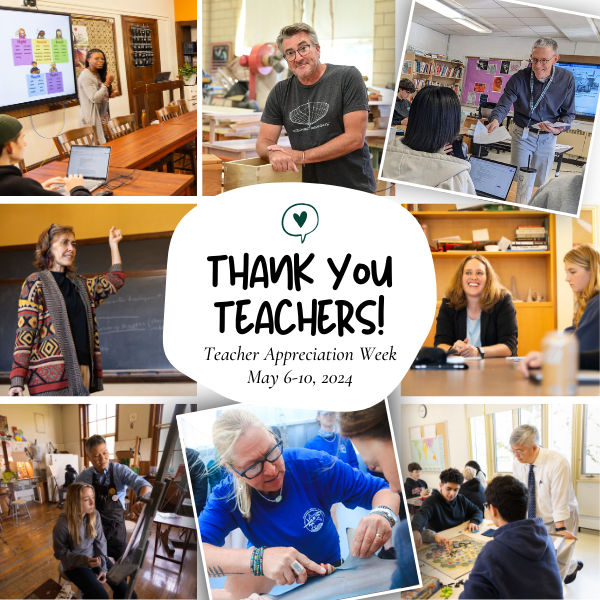
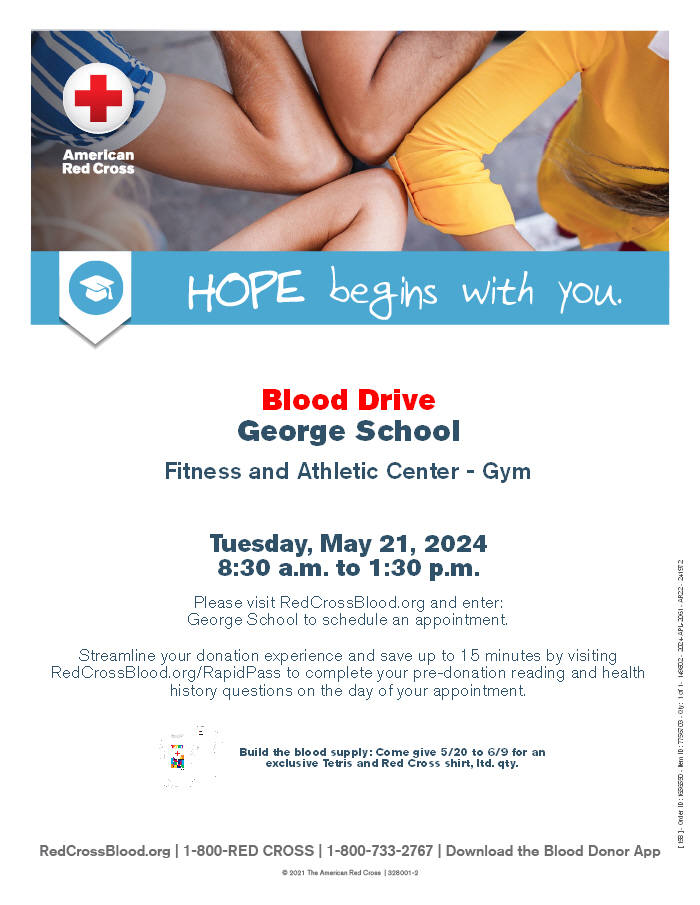

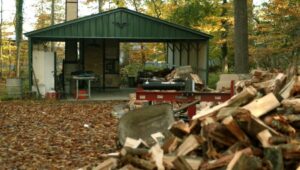

 Monastir, Tunisia, and Amman, Jordan
Monastir, Tunisia, and Amman, Jordan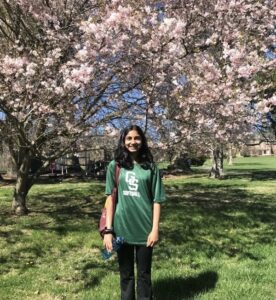 Irvine, CA
Irvine, CA Feasterville-Trevose, PA
Feasterville-Trevose, PA New Hope, PA (Previously NYC)
New Hope, PA (Previously NYC)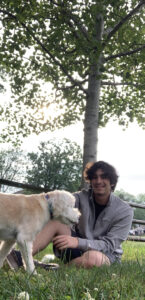 Richboro, PA
Richboro, PA Englewood, NJ
Englewood, NJ Ningbo, Zhejiang, China
Ningbo, Zhejiang, China Willingboro, NJ
Willingboro, NJ Yardley, PA
Yardley, PA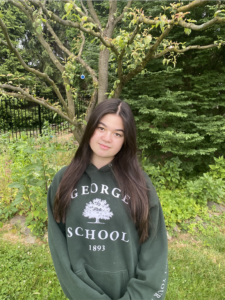 Newtown, PA
Newtown, PA Holicong, PA
Holicong, PA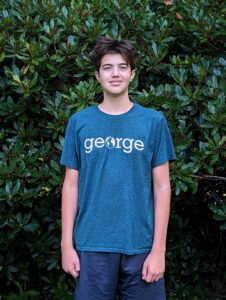 Newtown, PA
Newtown, PA Hamilton, NJ
Hamilton, NJ Yardley, PA
Yardley, PA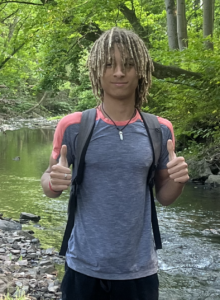 Lambertville, NJ
Lambertville, NJ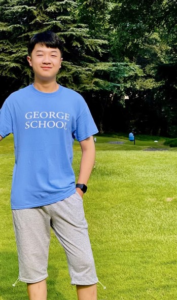 Chongqing, China
Chongqing, China Pennington, NJ
Pennington, NJ Yardley, PA
Yardley, PA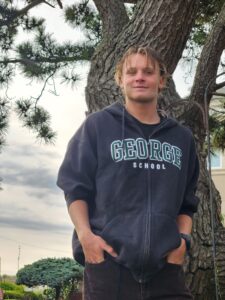 Bensalem, PA
Bensalem, PA Borgota, Colombia
Borgota, Colombia Newtown, PA
Newtown, PA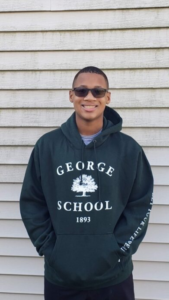 Burlington, NJ
Burlington, NJ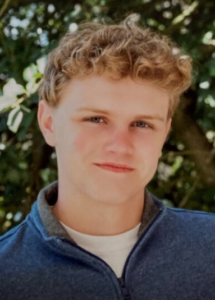 Langhorne, PA
Langhorne, PA Princeton, NJ
Princeton, NJ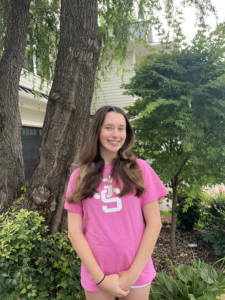 Langhorne, PA
Langhorne, PA New York City, NY
New York City, NY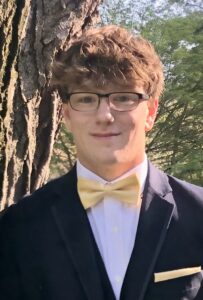 New Hope, PA
New Hope, PA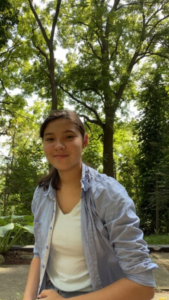 St. Catharines, Ontario, Canada
St. Catharines, Ontario, Canada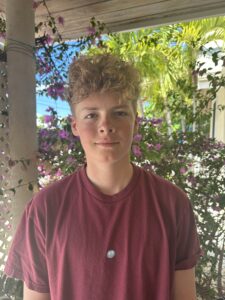 Providenciales, Turks and Caicos Islands
Providenciales, Turks and Caicos Islands Willingboro, NJ
Willingboro, NJ Princeton, NJ
Princeton, NJ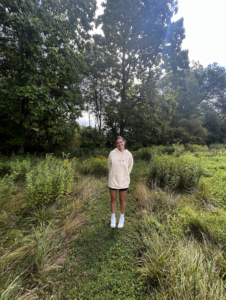
 Newark, NJ
Newark, NJ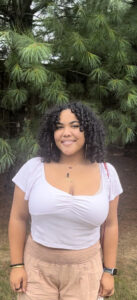 Trenton, NJ
Trenton, NJ Newtown, PA
Newtown, PA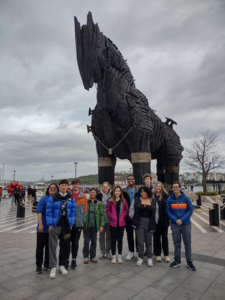
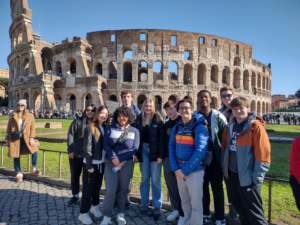
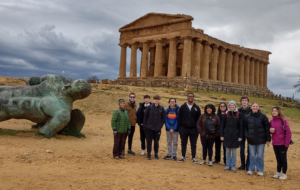
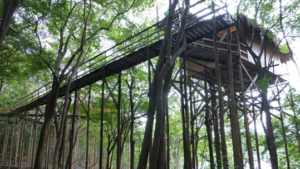
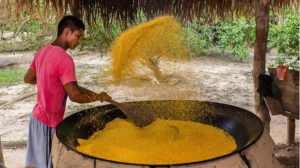


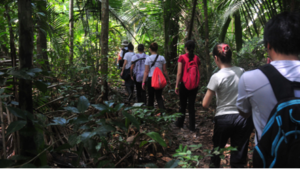
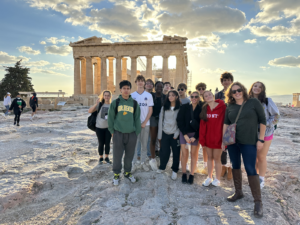
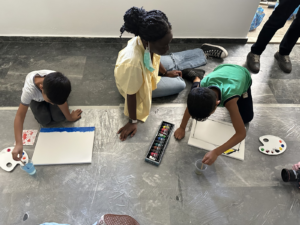
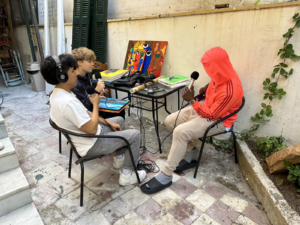
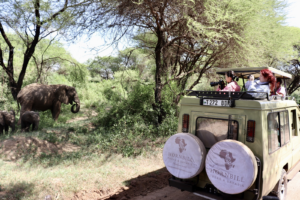
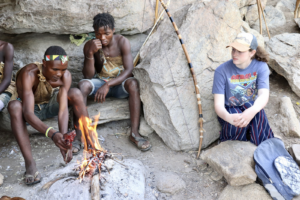
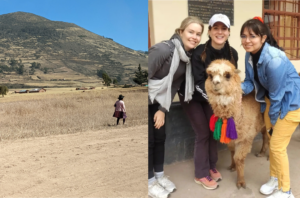
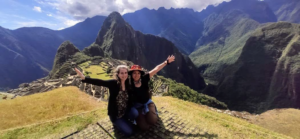
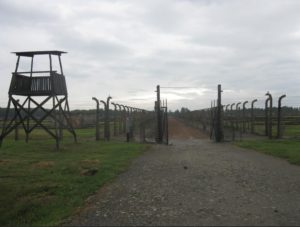
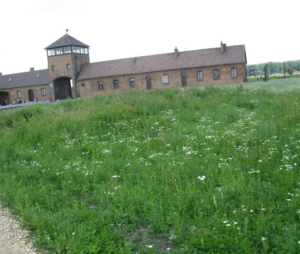


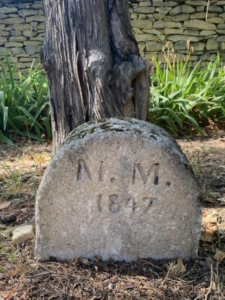
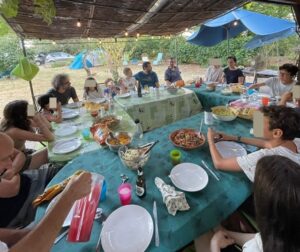
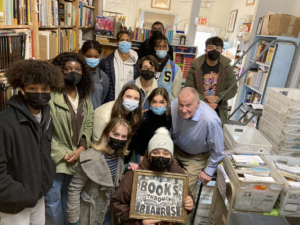
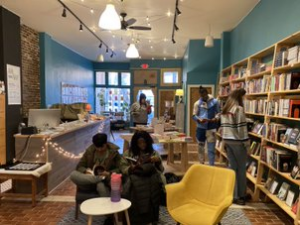
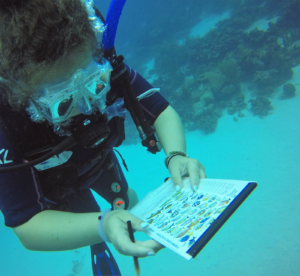
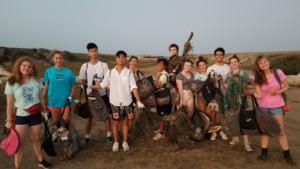
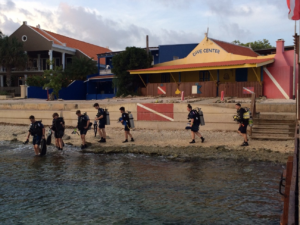
 Lawrence, NJ
Lawrence, NJ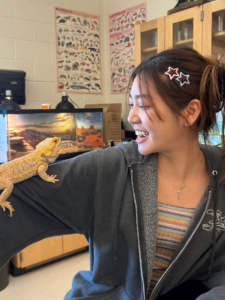 Seoul, South Korea
Seoul, South Korea
 Milwaukee, Wisconsin
Milwaukee, Wisconsin Pennington, NJ
Pennington, NJ Jenkintown, PA
Jenkintown, PA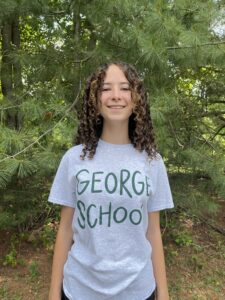 Ottsville, PA
Ottsville, PA Yardley, PA
Yardley, PA Providenciales, Turks and Caicos Islands
Providenciales, Turks and Caicos Islands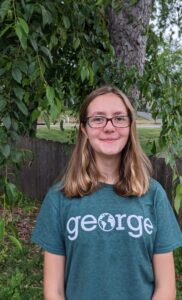 Hopewell, NJ
Hopewell, NJ
 Pottstown, PA
Pottstown, PA Playa del Carmen, Quintana Roo, México
Playa del Carmen, Quintana Roo, México Shanghai, China
Shanghai, China Beijing, China
Beijing, China Yardley, PA
Yardley, PA Beijing, China
Beijing, China Holland, PA
Holland, PA Langhorne, PA
Langhorne, PA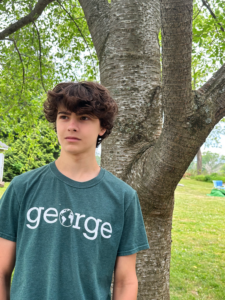 Ringoes, NJ
Ringoes, NJ New Hope, PA
New Hope, PA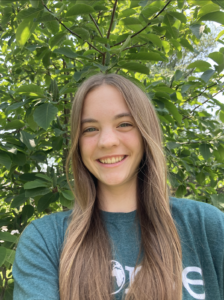 Dreshner, PA
Dreshner, PA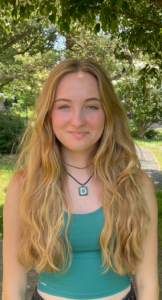 Yardley, PA
Yardley, PA Yardley, PA
Yardley, PA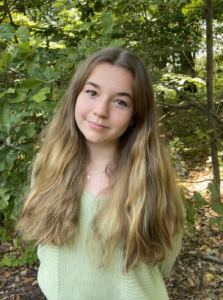 PA
PA

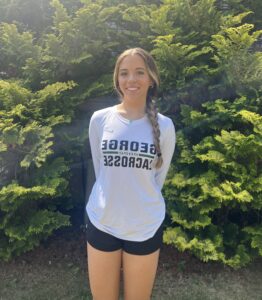
 Xi’an, China
Xi’an, China
